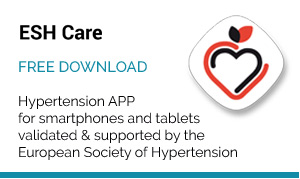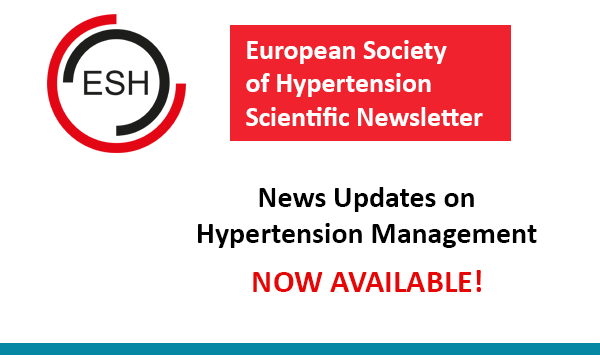June 17, 2007 – Milan, Italy – Blood pressure control driven by measurement of ambulatory blood pressure at baseline and 6 months and home blood pressure monitoring at months 1, 2, 4, 8, and 10 as part of an intensive control treatment regime resulted in 2-fold more changes in antihypertensive treatment and 2-fold more frequent clinic visits, compared to usual treatment. Treatment changes were defined as a dose-increase, dose-decrease, drug cessation, adding a drug from another class, or changing drug within a class. The general practitioners were blinded to the baseline ambulatory blood pressure readings in the usual care group. A total of 125 general practitioners followed 1,001 patients in this analysis, which was presented by Prof. N. Wiinberg of Frederiksberg Hospital, Denmark at the 17th European Meeting on Hypertension in Milan, held June 15-19, 2007.
The patients were 62 years old and about 50% were women and BMI was 28 kg/m2, average for Denmark. Type 2 diabetes mellitus was seen in 50-56% of patients at baseline, 8-15% had heart failure, and 35-44% had ischemic heart disease. Ambulatory blood pressure at baseline was 137/81 mmHg in the usual care treatment group and 137/82 mmHg in the intensive treatment group.
Changes in both groups were most frequent during the first 3 months of treatment, primarily the addition of a drug class or uptitration, and were 55% higher in the intensive versus the usual care group. Throughout the 12 months of this randomized, controlled parallel group study, more uptitration was occurred in the intensive (based on ambulatory or home measurements) versus the usual care group. A linear decline in the number of visits and the number of changes was seen in the intensive group as blood pressure declined. No differences on CV outcomes were seen over the 12-month follow-up.
The use of ambulatory and home blood pressure measurements led to more intensified treatment in the form of more blood pressure measurements, dose increases, and increase in the number of antihypertensive agents in the important early phase of blood pressure reduction.






